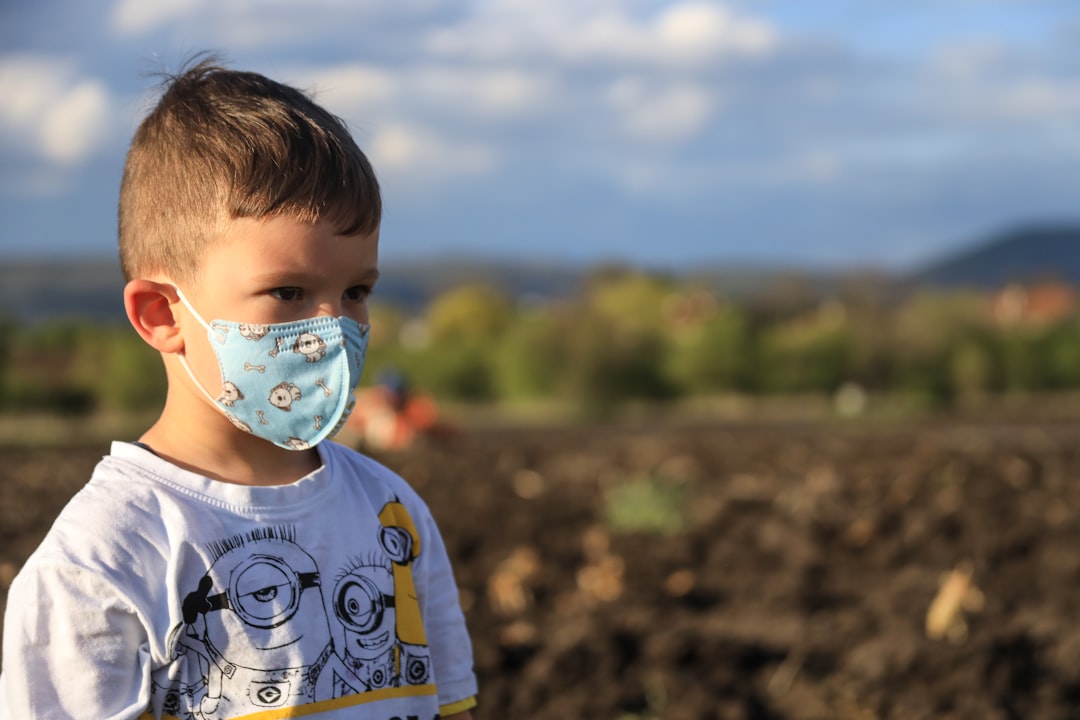What is it about?
EMG signals, crucial for prosthetic hand control, pose challenges in gesture classification. Addressing these challenges, a fusion of feature extraction and classification methods enhances accuracy. Here, CNN features streamline time and frequency domain redundancy, elevating classification precision. Extracted via CNN, these features feed into a KNN classifier with varying neighbor counts (1NN, 3NN, 5NN, and 7NN), forming an ensemble. Through hard voting, the ensemble achieves notable accuracy: 91.3% on CapgMyo and 89.5% on Ninapro DB4, as validated against benchmarks
Featured Image

Photo by Adrien King on Unsplash
Why is it important?
The CNN-extracted features are then fed into a K-Nearest Neighbors (KNN) classifier, with varying neighbor counts (1NN, 3NN, 5NN, and 7NN). This ensemble approach allows for the exploration of different neighborhood sizes to improve classification accuracy.
Perspectives
The ensemble of KNN classifiers employs hard voting to make final classification decisions. This mechanism aggregates the predictions of individual classifiers, leveraging their collective wisdom to arrive at a more accurate classification result.
Dr Mahiban Lindsay N
Hindustan University
Read the Original
This page is a summary of: Classification of EMG signals with CNN features and voting ensemble classifier, Computer Methods in Biomechanics & Biomedical Engineering, February 2024, Taylor & Francis,
DOI: 10.1080/10255842.2024.2310726.
You can read the full text:
Resources
Contributors
The following have contributed to this page










